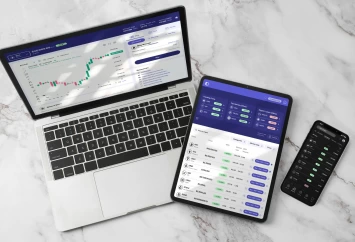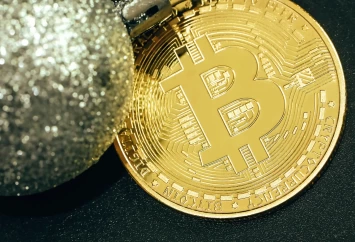If you’re interested in diving into the world of cryptocurrency, buying your first Bitcoin (BTC) can seem like a daunting task, but it’s actually more straightforward than you might think. With the rise of digital currencies, many people are eager to understand how to buy Bitcoin and invest in this exciting market. Whether you’re using a crypto exchange, a payment app, or even a Bitcoin ATM, the process is designed to be user-friendly and accessible.
In this guide, we’ll walk you through the steps to buy your first Bitcoin, from setting up your crypto wallet to selecting the best payment methods, including credit cards, debit cards, bank accounts, and services like Apple Pay or Google Pay.
Understanding Bitcoin and Cryptocurrency
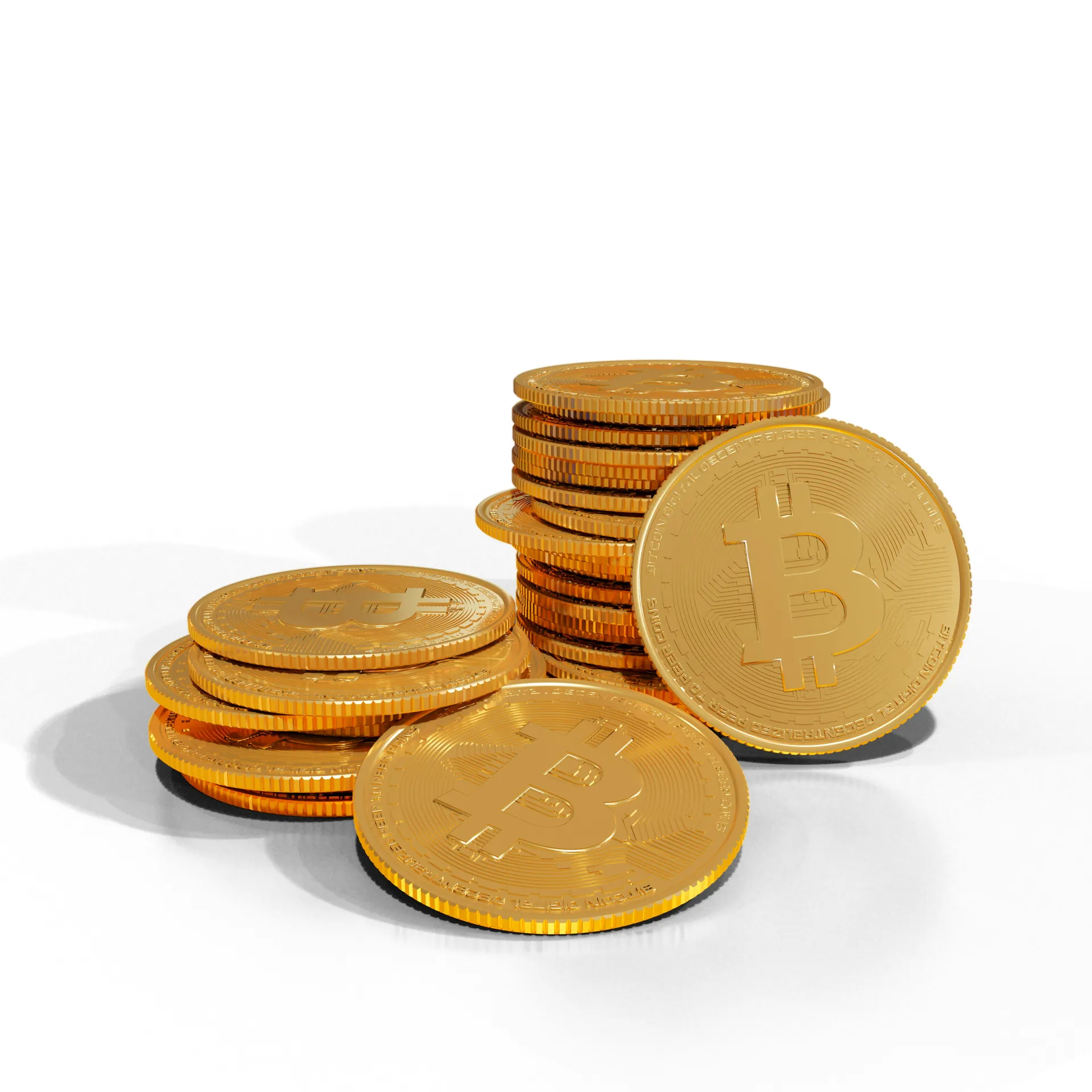
What is Bitcoin?
Bitcoin, commonly known as BTC, emerged as the first cryptocurrency to gain widespread adoption. It was introduced in 2008 by an entity or group under the pseudonym Satoshi Nakamoto. As a decentralized digital currency, Bitcoin facilitates secure, direct transactions between peers over the internet, eliminating the need for traditional intermediaries such as banks or government entities.
The backbone of Bitcoin’s decentralized system is the blockchain, a public distributed ledger that records every transaction. This ledger is maintained by a global network of computers, ensuring that no single entity has control, thereby promoting transparency and security.
A distinctive feature of Bitcoin is its limited total supply of 21 million coins, establishing it as a deflationary currency immune to inflation or manipulation by any central authority.
Why Invest in Bitcoin?
Investors are drawn to Bitcoin for several reasons. Its reputation as a stable, censorship-resistant store of value is a key attraction. Bitcoin stands apart from fiat currencies that are vulnerable to inflation and government interference, thanks to its cryptographic security and finite supply, earning it the moniker “digital gold”.
The revolutionary blockchain technology underlying Bitcoin also presents a significant investment rationale. By eliminating the need for intermediaries in digital transactions, blockchain opens up new economic possibilities in various sectors including shipping, supply chains, finance, and healthcare. Investing in Bitcoin is seen by many as an endorsement of this technology’s potential.
Moreover, Bitcoin’s efficiency as a payment method, particularly for large international transactions, offers a compelling advantage. It provides a quicker, more cost-effective alternative to conventional payment systems, which is beneficial for both individuals and businesses. Recognizable names such as Microsoft and Expedia now accept Bitcoin, signaling its increasing integration into mainstream commerce.
Setting Up Your Bitcoin Wallet
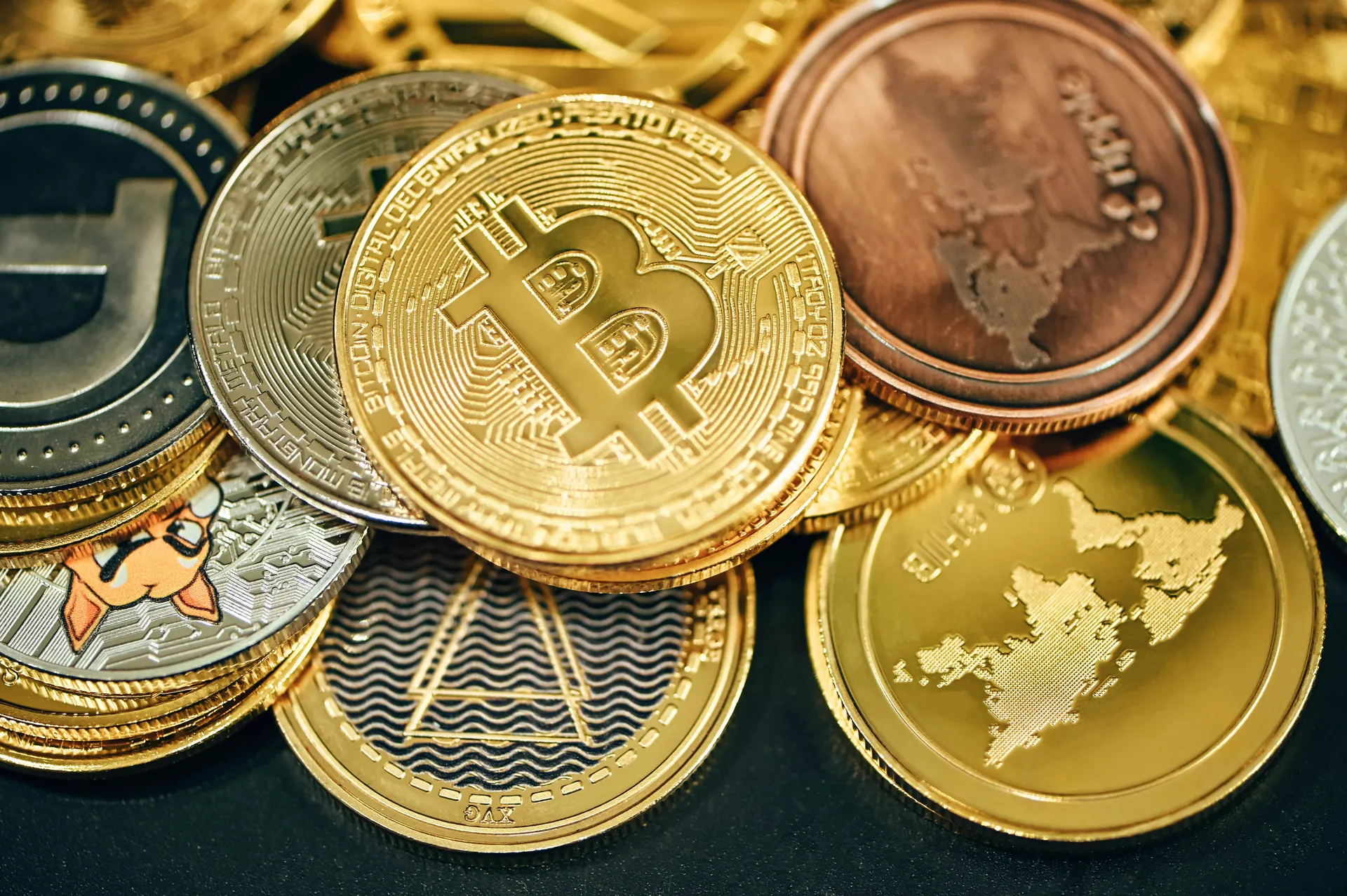
Choosing the Right Bitcoin Wallet
When selecting a Bitcoin wallet, you’re faced with various choices, each offering distinct features and security levels. Here’s a brief overview of wallet types you might come across:
Software Wallets: These hot wallets are internet-connected and accessible through desktop, mobile, or web browsers. Popular examples include Exodus, Coinbase Wallet, and Crypto.com. Ideal for regular transactions, software wallets provide easy-to-use interfaces but are vulnerable to hacking due to their internet connectivity.
Hardware Wallets: As cold wallets, they keep your private keys offline, ensuring a high security level. Devices like BitBox02, Ledger, and Trezor are made for the secure storage of cryptocurrencies. Best suited for long-term holding, they can be connected to the internet when needed, minimizing hacking risks.
Paper Wallets: These are tangible documents listing your public and private keys. Paper wallets offer top-notch security by staying offline, though they’re less convenient for frequent transactions.
Different wallets have their advantages and drawbacks, making it vital to pick one that suits your requirements. Beginners might prefer the simplicity of software wallets like BlueWallet or Coinbase Wallet, while those prioritizing security might opt for hardware wallets.
Securing Your Wallet
Ensuring the security of your Bitcoin wallet is essential for asset protection. Here are some top security measures:
Use Strong and Unpredictable Passwords: Create a robust password for your wallet, steering clear of personal information or simple guesses. Opt for random alphanumeric combinations.
Enable Two-Factor Authentication (2FA): A 2FA layer adds a barrier against unauthorized access, which can be OTPs via email or phone, or biometric checks.
Keep Your Seed Phrase and Passwords Secure: Store your seed phrase and passwords physically in a safe spot. Avoid online or cloud storage for these sensitive details.
Backup Your Wallet: Regular backups can safeguard against tech failures and human errors. Encrypt your backups and store them in several secure locations to dodge single failure points.
Be Cautious with Public Wi-Fi and Phishing: Steer clear of public Wi-Fi for wallet access and stay alert to phishing schemes. Use a secure VPN for public connections and don’t engage with suspicious links or requests for private info.
Keep Your Software Up to Date: Regularly update your wallet software and related apps with the newest security enhancements and features. This action helps shield against exploits and maintains a secure wallet ecosystem.
Adhering to these security practices can drastically lower the chances of your wallet being compromised, effectively safeguarding your Bitcoin holdings.
How to Purchase Bitcoin
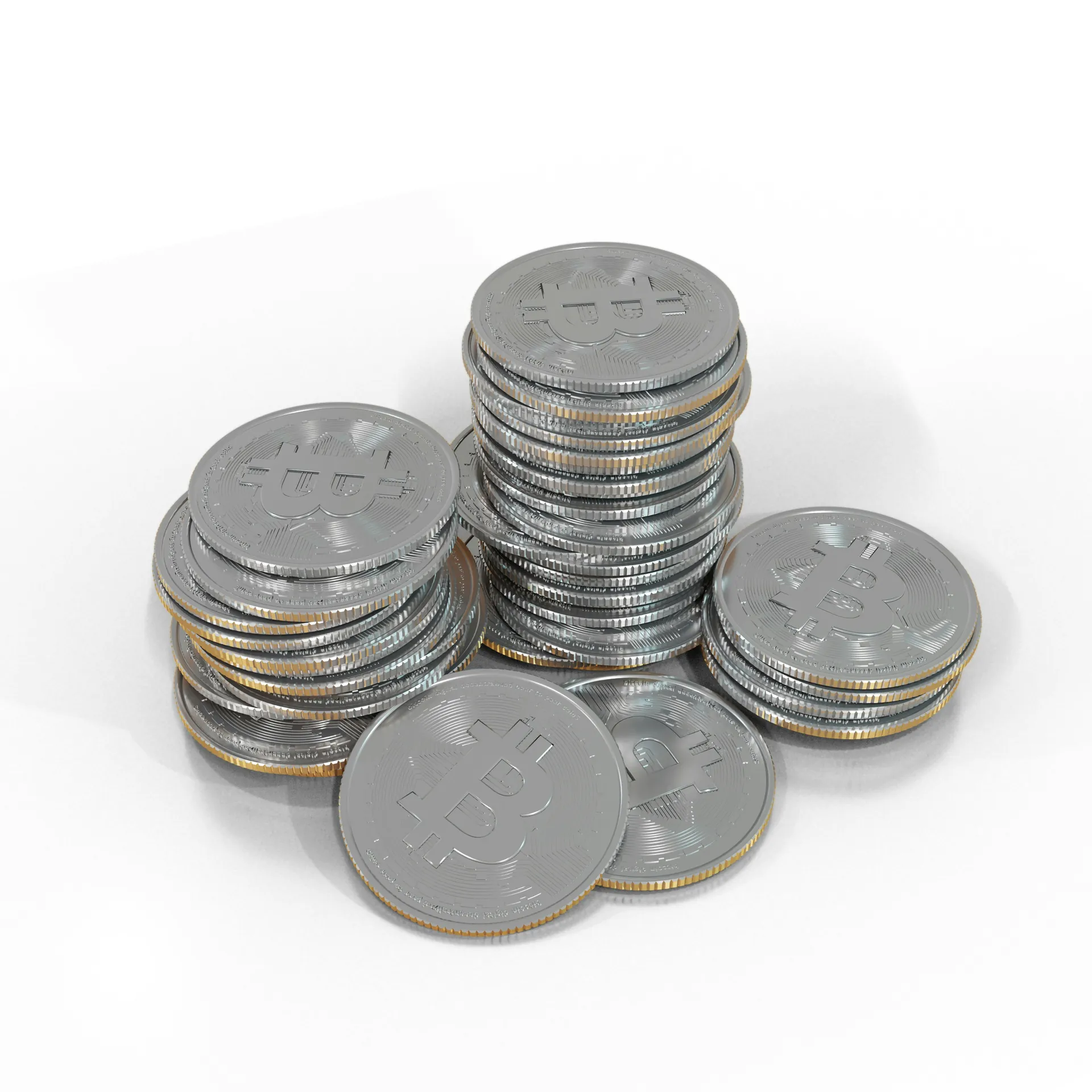
Choosing a Bitcoin Exchange
When it comes to buying Bitcoin, selecting the right crypto exchange or trading platform is an essential step. There are numerous trusted exchanges for buying cryptocurrency, each with different features and fee structures.options available, each with its own set of features, fees, and security measures.
Here are some key factors to consider when choosing an exchange:
Fees and Charges: Different exchanges have varying fee structures. Some may charge higher fees for using credit cards, while others might offer lower fees for bank transfers. It’s essential to compare the fees across different platforms to find the one that best suits your needs.
Security: The security of your funds is paramount. Look for exchanges that have a strong track record of security, such as those that offer two-factor authentication (2FA), cold storage for assets, and regular security audits.
Supported Cryptocurrencies: If you’re interested in buying other cryptocurrencies besides Bitcoin, ensure the exchange supports a wide range of digital assets. However, if you’re solely focused on Bitcoin, this might not be a significant concern.
User Interface and Customer Support: A user-friendly interface can make the process much easier, especially for beginners. Also, look for exchanges with responsive customer support in case you encounter any issues.
Popular exchanges include Binance, Coinbase, OKX, KuCoin, and Bybit. Each of these platforms has its unique features and advantages, so it’s worth doing some research to find the one that best fits your requirements.
Making Your First Purchase
Once you’ve chosen your exchange, the next step is to set up your account and make your first purchase. Here’s a step-by-step guide to help you through the process:
Step 1: Set Up Your Account: Register on the exchange by providing the required information, such as your name, date of birth, and email address. You may also need to verify your identity using a valid government ID.
Step 2: Fund Your Account: Deposit funds into your exchange account using a bank transfer, debit card, credit card, or other accepted payment methods. Some exchanges also support payment apps like Google Pay or PayPal.
Step 3: Place a Buy Order: Navigate to the trading section of the exchange and select Bitcoin (BTC) as the cryptocurrency you want to buy. You can choose between a market order, which buys Bitcoin at the current market price, or a limit order, which allows you to set a specific price at which you want to buy.
Step 4: Confirm Your Purchase: Review the details of your order, including the amount of Bitcoin you’re buying and the total cost. Once you’re satisfied, confirm the transaction. The Bitcoin will then be credited to your exchange wallet.
Alternative Methods to Buy Bitcoin
Beyond traditional crypto exchanges, there are several alternative methods to buy Bitcoin, each offering unique advantages and considerations:
Bitcoin ATMs: Bitcoin ATMs allow you to buy Bitcoin using cash or, in some cases, a debit card. These machines are often found in convenience stores or shopping malls. Simply select the amount you want to buy, scan your wallet’s QR code, and insert the cash. Be aware that fees for Bitcoin ATMs can be higher than those of traditional exchanges.
Peer-to-Peer (P2P) Platforms: P2P platforms like Paxful facilitate direct transactions between buyers and sellers without the need for intermediaries. These platforms offer greater privacy but require more caution due to the direct interaction with other individuals.
Material Bitcoin and Other Cold Wallet Solutions: Services like Material Bitcoin provide a way to buy Bitcoin directly without using an exchange. These solutions often involve purchasing a cold hardware wallet and then using it to buy Bitcoin securely and privately.
Traditional Brokers and Bitcoin ETFs: Some traditional stockbrokers, such as Robinhood and Fidelity, now offer the ability to buy and sell Bitcoin. Additionally, Bitcoin ETFs, which track the price of Bitcoin, are available on major exchanges, providing another avenue for investment.
By understanding these different methods, you can choose the one that best aligns with your preferences and needs.
Conclusion
Embarking on your cryptocurrency journey by purchasing your first Bitcoin marks a pivotal entrance into a new financial landscape. It’s vital to proceed with both clarity and caution. Ensure you opt for a trustworthy cryptocurrency exchange, establish a secure digital wallet, and choose a payment method that aligns with your preferences, whether that be a credit card, debit card, or bank transfer. It’s imperative to consider the risks involved, such as market fluctuations, regulatory changes, and potential security risks.
Where possible, diversify your investment portfolio to mitigate risk, and remember the golden rule: never invest more money than you can afford to lose. Approach the cryptocurrency market with patience, conduct extensive research, and employ strategic planning. By taking these steps, you can effectively navigate the complexities of the crypto world. Begin your adventure today and dive into the dynamic and thrilling realm of cryptocurrencies.
FAQ
What are the most popular cryptocurrency exchanges for buying my first Bitcoin?
The most popular cryptocurrency exchanges for buying your first Bitcoin include:
- Coinbase: Known for its user-friendly interface and strong security features.
- Binance: Offers low fees, a wide selection of cryptocurrencies, and educational resources.
- Kraken: Praised for its high-level security measures and easy-to-use interface.
- Bybit: Features a modern trading interface, One-Click Buy, and strong security.
Can I buy Bitcoin without providing my personal identification or ID?
Yes, you can buy Bitcoin without providing your personal identification or ID. Methods include using peer-to-peer exchanges like LocalBitcoins and Paxful, buying from Bitcoin ATMs with cash, or using prepaid debit cards and cash-by-mail services.
What are the different payment methods I can use to buy Bitcoin on a cryptocurrency exchange?
You can buy Bitcoin on a cryptocurrency exchange using various payment methods, including credit cards, debit cards, bank transfers, Apple Pay, and in some cases, PayPal. Platforms like MoonPay and Bitget support these methods, while others like Binance may use workarounds such as P2P trading for PayPal transactions.
What factors should I consider when choosing a cryptocurrency exchange to buy my first Bitcoin?
When choosing a cryptocurrency exchange to buy your first Bitcoin, consider the following key factors:
- Security and Trustworthiness: Look for exchanges with robust security measures like 2FA, cold storage, and insurance policies. Ensure the exchange complies with regulatory standards.
- Fees and Costs: Understand the fee structure, including trading fees, withdrawal fees, and deposit charges. Compare fees across different exchanges to find the most cost-effective option.
- Supported Cryptocurrencies: Ensure the exchange supports Bitcoin and any other cryptocurrencies you might be interested in trading.
- Liquidity and Trading Volume: Choose an exchange with high liquidity to facilitate smooth and efficient trades without significant price fluctuations.
- User Interface and Customer Support: Opt for an exchange with a user-friendly interface and responsive customer support to make your trading experience easier.
- Regulatory Compliance: Select an exchange that complies with relevant regulations and has transparent ownership and KYC/AML checks.

